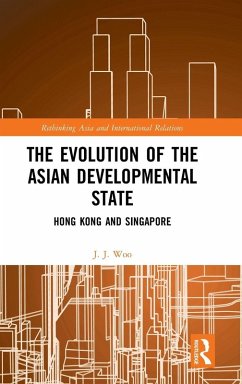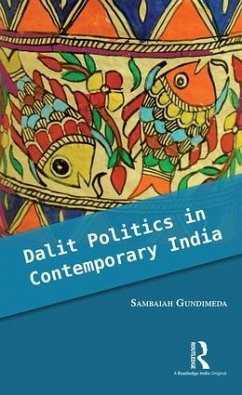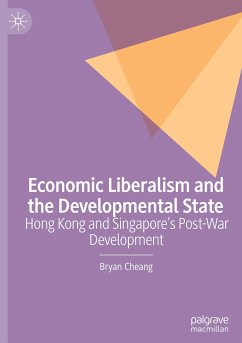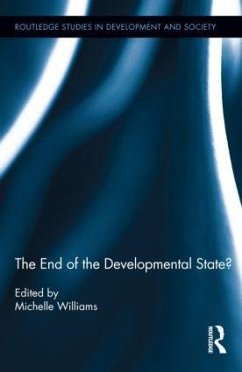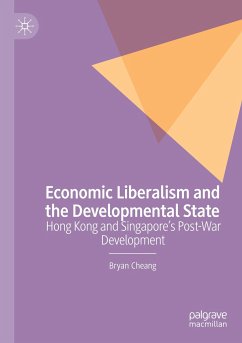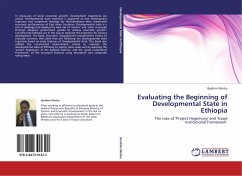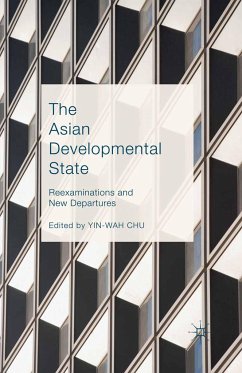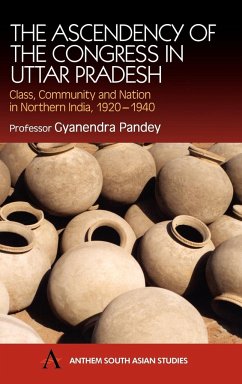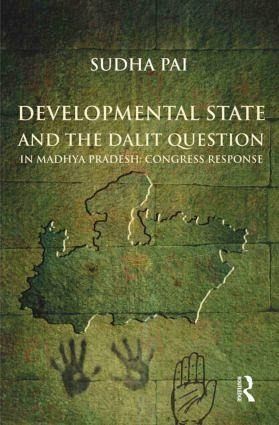
Developmental State and the Dalit Question in Madhya Pradesh
Congress Response
Versandkostenfrei!
Versandfertig in 1-2 Wochen
177,99 €
inkl. MwSt.
Weitere Ausgaben:

PAYBACK Punkte
89 °P sammeln!
This book examines the Madhya Pradesh government's attempt to win Dalit and tribal support by introducing change from above in a period of intense identity assertion, and suggests that limited success achieved through land distribution and supplier diversification was a fallout of the absence of an upsurge from below.







